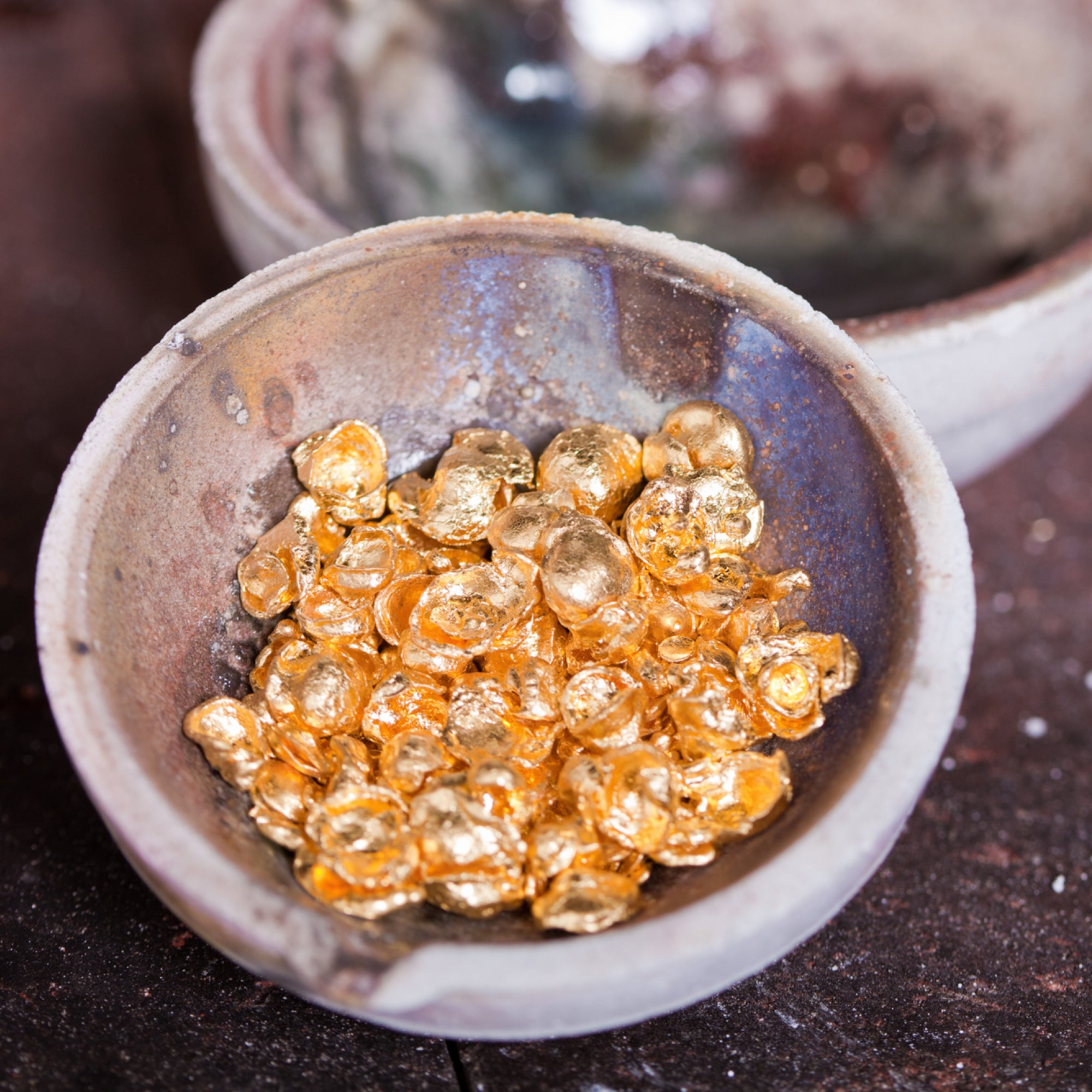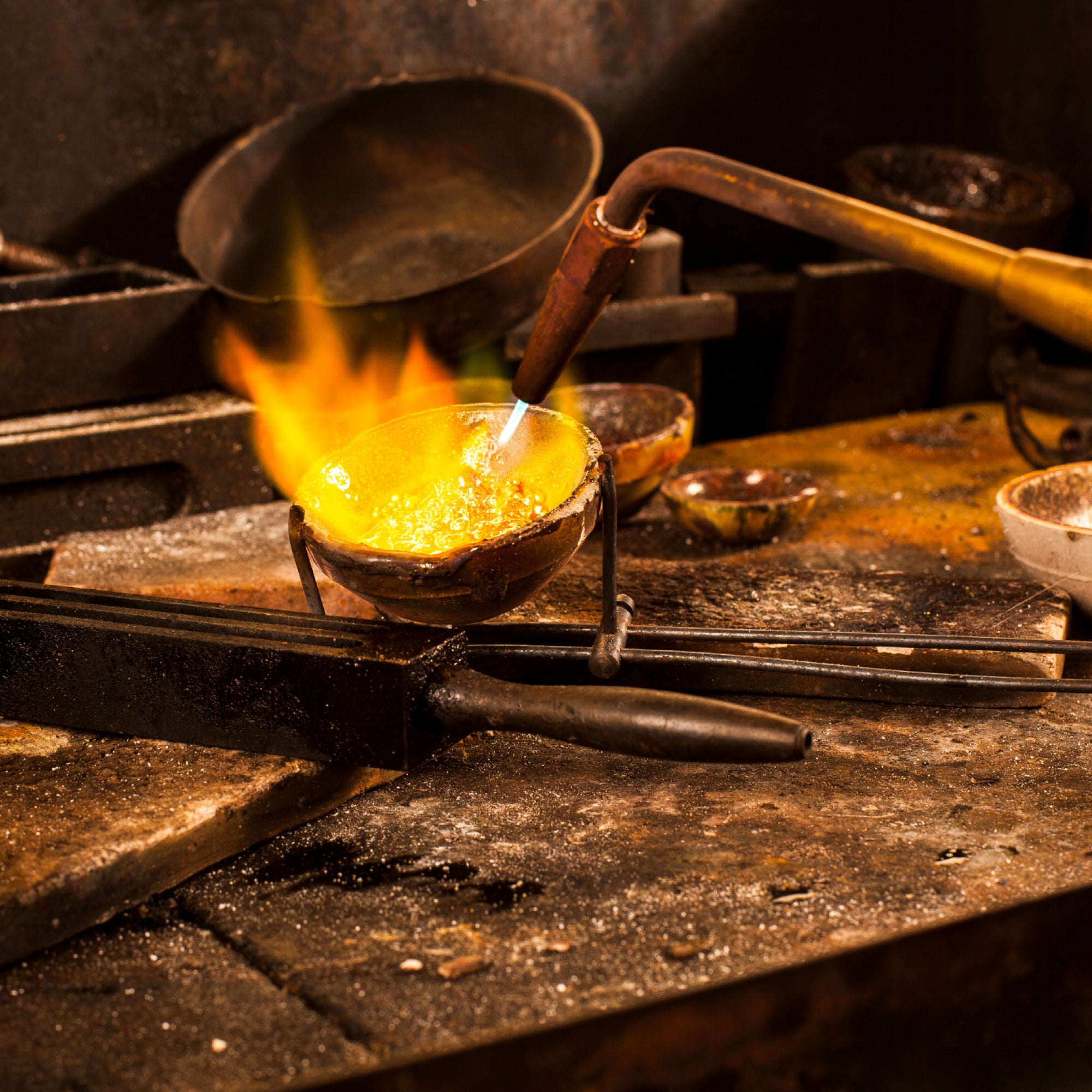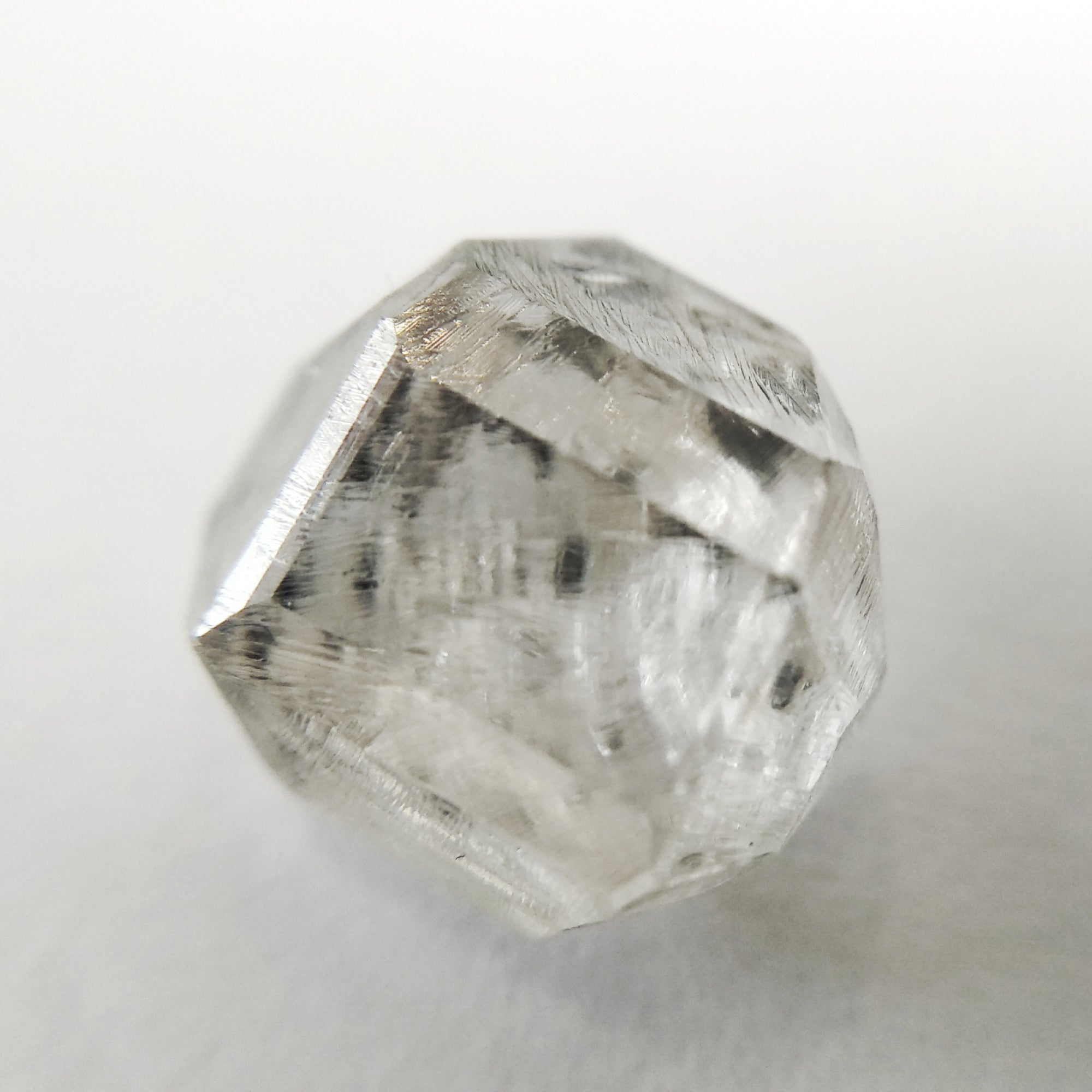Gold, with its stunning glow and colour, is one of the most popular jewellery materials in the world. Yet, amidst its shimmering appeal lies a critical factor determining its worth and suitability: purity.
Understanding gold purity involves more than just admiring the material; it requires researching the importance of karats. How many karats is pure gold? What is the highest grade of gold? And what is the best karat gold? In this guide, we’ll explain gold karats, talk about gold ratings, and what karat gold is best for everyday use.
Understanding Gold Purity
Understanding gold purity is essential to get an accurate valuation of your item. You usually come across karats, which describe the quality of a piece, and it’s common knowledge that the higher the karat, the more costly it will be. However, there’s much more to the meaning of karat gold and gold ratings.
Gold Karat
What is a Karat?
A karat is like a gold medal for gold’s purity. Whereas gold weight is measured in troy ounces, gold purity’s measurement unit is karats, measuring how much of the metal is gold compared to other materials (also known as alloys) that are mixed in. It’s a gold karat scale where 24k gold means pure, unalloyed gold, while lower karats, like 18k gold, mix in other metals, making the item more durable.
Think of karats as the standard for gold’s fineness — higher karat, more gold; lower karat, more blend. So, when you’re thinking ‘what is the best karat gold?’, remember that a higher karat means richer gold content, but the right balance guarantees both beauty and practicality.

Which Karat is the Best?
When it comes to choosing the best karat, it’s all about finding the perfect balance between purity and practicality. While 24k gold is the ultimate in purity, its softness makes it less ideal for daily wear.
For jewellery that stands up to everyday life while still boasting impressive gold content, 18k gold is often considered the sweet spot on the gold karat scale. It offers 75% pure gold combined with other metals to enhance its durability and style. So, if you want a blend of luxury and resilience, 18-karat gold is the golden ticket.
Did you know? 18k gold is more popular in the Middle East for daily wear and engagement rings. On the other hand, in the US/Europe, 18k is used for engagement rings, with 14k gold being more popular for daily wear.
The more an alloy is mixed with pure gold, the lower the number of karats. Traditionally, gold is combined with either silver, zinc, copper, or palladium, creating different karats and colours such as white gold. After 24 and 18k, the next most common are 14k gold and 10k gold.
How Many Karats is Pure Gold?
As mentioned above, 24-karat gold and 999.9 fineness are accepted as pure gold, the highest grade of gold. But, in reality, it’s impossible to create 100% pure gold as we can’t remove the tiny molecules of other materials.
Did you know? In India, it’s common to make jewellery out of pure gold or 22k. However, it does look more yellow. Additionally, while more valuable, pure gold may not be favored because of its softness and tendency to scratch. Because of this, most gold jewellery is alloyed with base metals, making the pieces stronger and more durable.

What Karat Gold is Best for Everyday Use?
Gold Fineness
Gold fineness is a precise way to measure your gold's purity, using parts per thousand. Imagine it as a gold karat scale where 999.9 means you’re holding pure gold — shining with the same purity as 24k gold. However, this is often too soft for daily use.
For a blend of beauty and durability, 14k gold and 18k gold are your best bets. 18k, with its 75% gold content, strikes the perfect balance, offering a beautiful golden hue while being tough enough to handle daily wear. On the other hand, 14k (58.3% gold) is slightly more robust and often more affordable. Both options provide a golden glow and promise to last, making them excellent choices for jewellery.

Gold Colours
Although yellow gold is still the classic choice, today’s gold comes in a stunning array of colours. The magic happens through alloying — mixing pure gold with other metals to craft unique hues. White gold, for example, is a sleek blend of gold and palladium and often gets a rhodium plating for extra shine, making it a top pick for wedding bands.
Rose gold’s soft pink glow comes from a dash of copper, while more unusual colours like blue or purple result from special patinas. Even black gold, with a striking cobalt oxide finish, makes a bold statement.
In summary, understanding gold purity is essential for appreciating the beauty and value of your jewellery. With karats serving as the gold standard for measuring purity, you can choose between the high 24k and the practicality of 14k or 18k options.
Each karat level offers a unique blend of durability and aesthetics, making it easier to find the perfect piece for everyday wear. Knowing your gold’s composition will help you make a decision and cherish your treasures for years to come.
FAQs
Does a higher karat mean higher quality gold?
To put it simply, no. While 24-karat gold is the purest form of gold available, it doesn’t necessarily have a higher quality. Though there’s more gold, it’s not as strong as lower karats as it’s not alloyed with any metals.
Which is better, 18k gold or 24k gold?
18k gold offers a balance of beauty and durability, with 75% gold content and the rest alloyed metals, making it ideal for everyday wear. In contrast, 24k gold, though pure and radiant, is softer and more prone to scratching, making it less suitable for daily use. For this reason, we choose to use only 18k solid gold in our jewellery.
What do the stamps on gold jewellery mean?
Most gold jewellery pieces are stamped with a ‘hallmark’ as a purity reference. Authentic gold has this stamp to indicate its karat and gold content. The marks come in several different formats per gold rating. For example, on our 18-karat gold pieces, you’ll see it marked with 750, meaning it’s made up of 75% gold (the rest is other mixed metals).
How can you tell if gold is real?
The mark on your jewellery piece should tell you if the gold is real. This can usually be found on the clasp (necklace or bracelet) or the inner band (ring). Although some hallmarks, like EPNS (electroplated nickel silver), EPBM (electroplated Britannia metal), and GF (gold filled), give away that a piece is not real gold but gold plated. To test if your piece is real gold, you can drop your gold item into the water and see if it sinks. If it floats, it’s likely to be fake.
What is the difference between ‘karat’ and ‘carat’?
Karat is used as a measurement of gold purity (the higher the karat, the more pure gold). The word Carat, on the other hand, is used to measure the weight of diamonds and precious stones.




